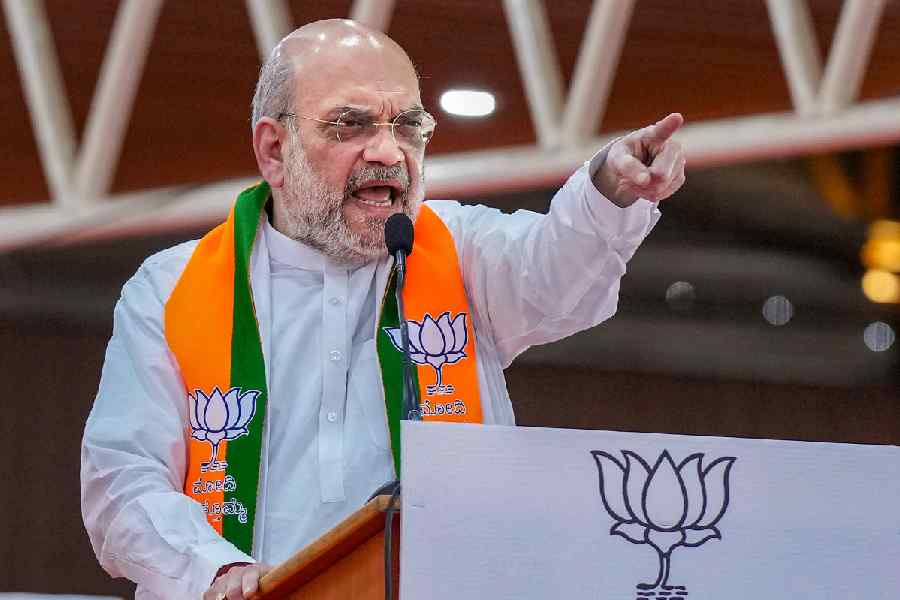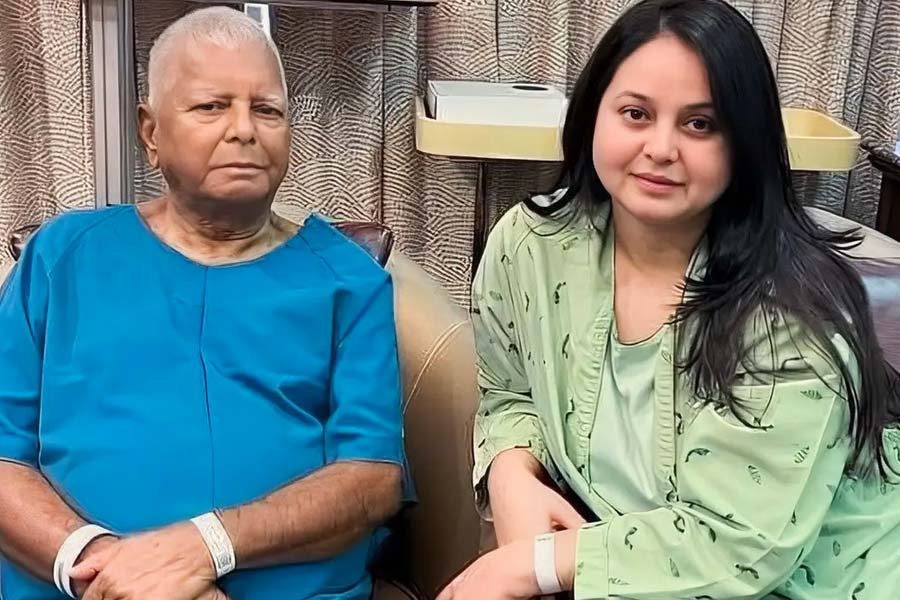If things go according to plan, I will be this year’s Durga Puja gift to Calcuttans. I, as in your Tallah Bridge, the key connection bet ween the north and the south of this city. Ever since I went missing in action in early 2020, traffic from north Calcutta — Dum Dum, Baranagar, Dunlop and farther north — has been struggling to reach Shyambazar. In theory, the diversion around me should have cost less than 10 minutes of commuting time but traffic snarls on overloaded roads — Chitpur Bridge is now the only remaining north-south link, apart from the VIP Road-Eastern Metropolitan Bypass on the opposite side of the city — are adding as much as 30 minutes to the journey. Just so you know how important I am. I shall ensure this eases out but, as I said, if all goes according to plan.
I may be named a bridge but I do not stand over a river, not even over a canal. That would be my sibling, the Barrackpore Bridge, which spans the Circular Canal — a remnant of the three-mile moat that the English started to dig in the 1740s to safeguard the fledgling town of Calcutta from the marauding bargis or Maratha warriors. Standing just a few hundred metres away, many of you often mistake this much older sibling of mine for me.
What I do smoothen your journey over are railway tracks, one set that eventually becomes the Circular Railway that runs parallel to the Hooghly and another that leads to the loading bays beside the river. I carry you — or rather the Barrackpore Trunk Road, better known as the BT Road — over the holding area of the sprawling Chitpore Rail Yard, where goods wagons rest awhile after unloading. I am younger than the yard, I was preceded by a level crossing through it.
The BT Road, however, is an old, old road. Built in 1775, it marked the wellworn path between the oldest British cantonment in India, Barrackpore, and Fort William, the heart of what grew to be the city of palaces.
Yet, before I — or at least my first avatar — came into being, people preferred to travel north via the much younger Cossipore Road (that runs parallel to the Hooghly and the BT Road for a long way before meeting it at Dunlop More) to avoid the jam at the level crossing. Since I went MIA, it’s back to level crossings and traffic jams.
When I rejoin the land of traffic, this 24-metre-wide bowstring girder version — if that doesn’t tell you how I shall look, you should totally Google it — will be my third avatar. Unlike humans, who do not remember their previous births even if they believe in them, I remember each of my avatars though my memories have somewhat faded with time. My first avatar, built early in the last century, had a wooden bridge running alongside for foot traffic. I can still clearly recall the fatal accident in 1956 that doomed me; a double-decker bus broke through my railings and fell on the tracks below, wrenching out the footbridge on its way.
The demise of my second avatar — which was inaugurated in 1962 by the then chief minister of Bengal, Siddhartha Shankar Ray — was assisted rather than accidental. After the collapse of one of my fellow bridges — another vital link over railway tracks — a committee of experts was set up to do a health check-up of all road bridges within city limits. In 2019, the committee reported that I had been structurally compromised, many of the strands of steel ducts that I rested on had snapped. While they could be treated, my bone structure had weakened beyond repair and could give in at any moment. Unwilling to have a repeat of Majerhat, the powers that be decided to euthanise me.
Now I shall rise wider and stronger. To be precise, one lane wider than my previous three-lane version and 100 tonnes stronger — my second avatar could carry only 250 tonnes of traffic. And oh, and much more expensive, I hear this avatar will cost Rs 365 crore. And just like the 79-year-old Howrah Bridge, I too shall have no nuts and bolts in me.
I am hoping that this new avatar of mine will also have a chief minister attending the ceremonies of birth and will survive longer than the previous ones — each one lived out a half a century or so. Until then...










